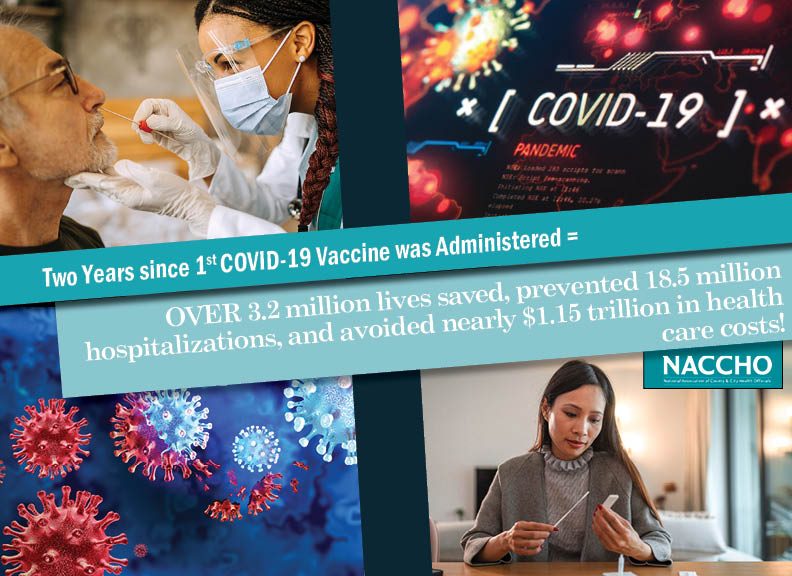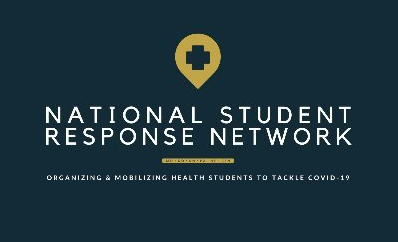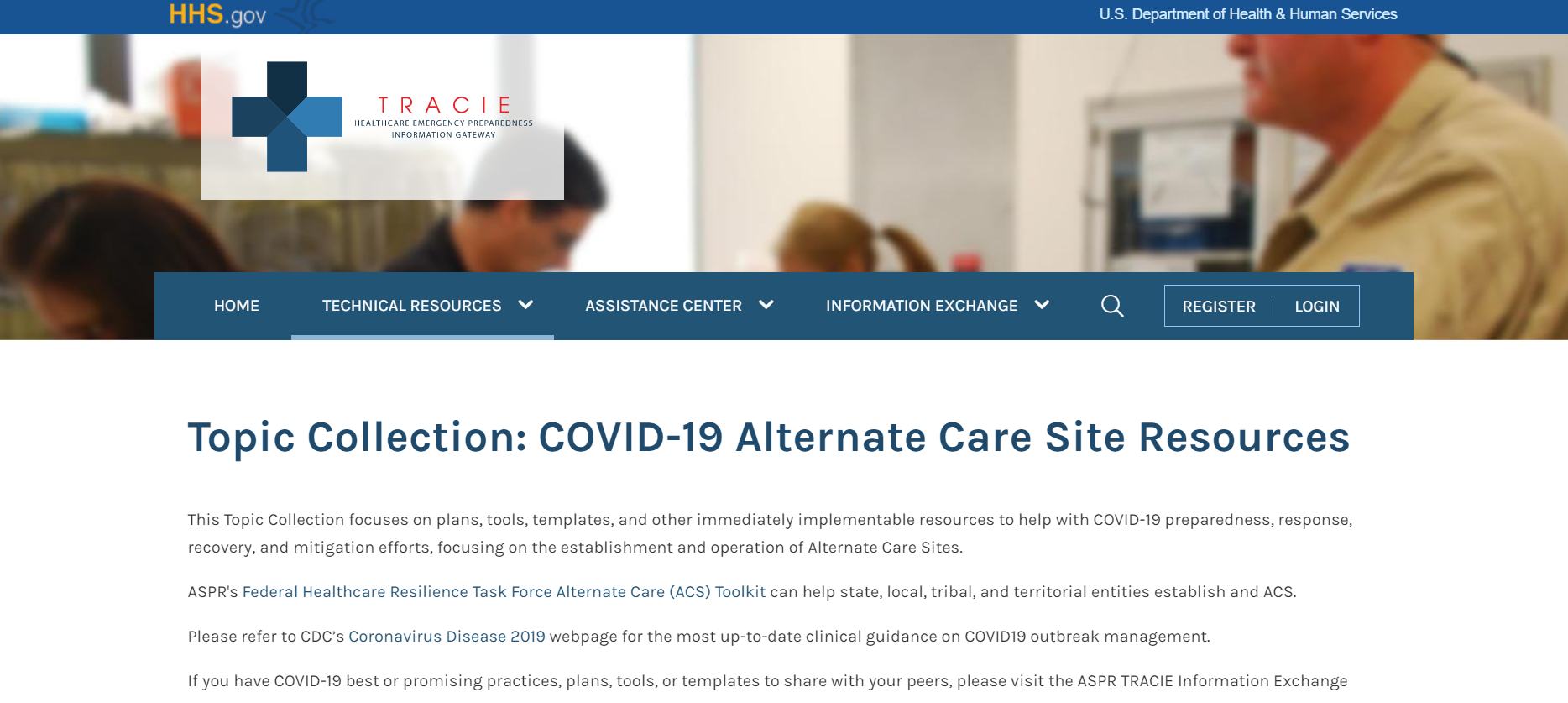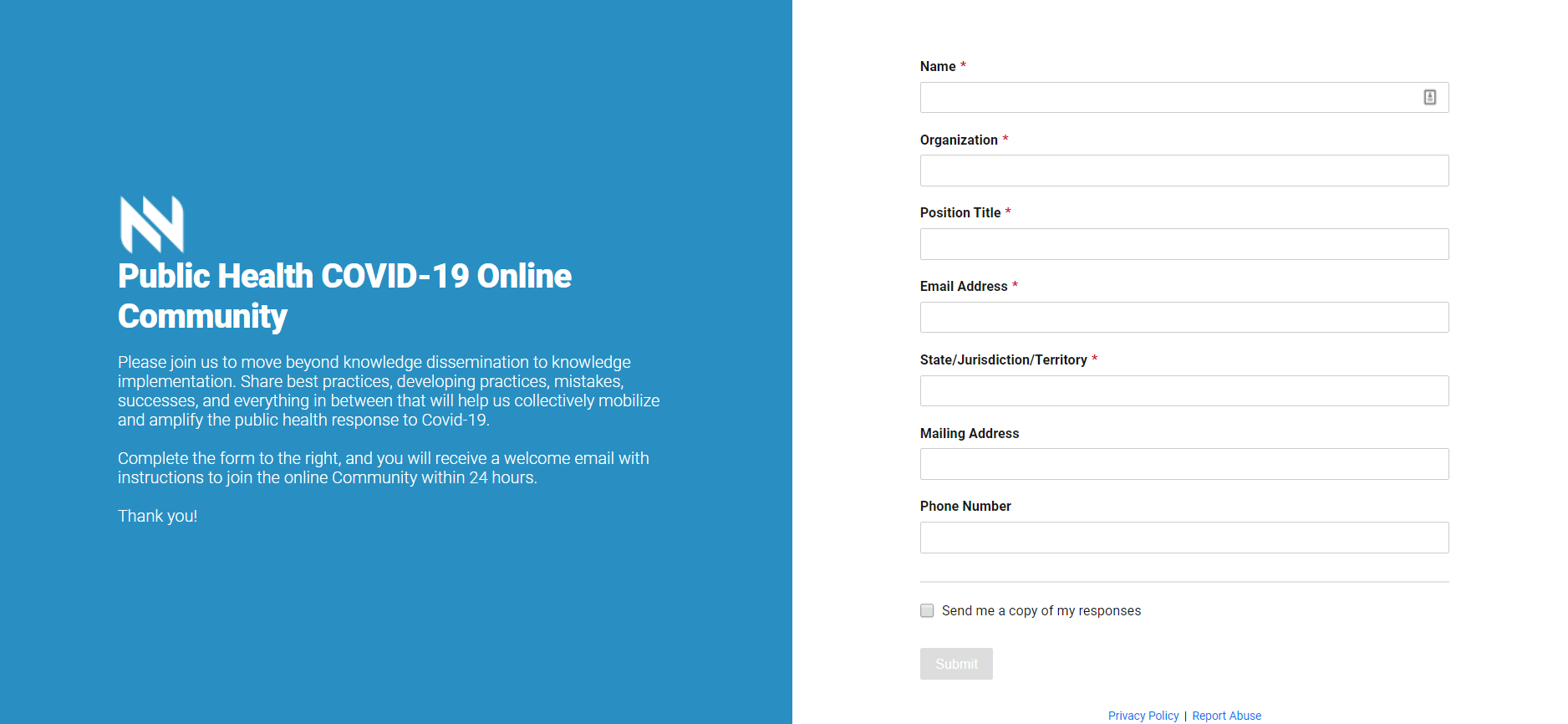Popular Categories
2017 Preparedness Summit Highlight: Introducing a New Framework for Project Public...
Attendees at the 2017 Preparedness Summit will explore factors driving change in our world; analyze how they will impact the future of...
Mar 27, 2017 | Sarah Summers
2017 Preparedness Summit: Full Plenary Schedule
The full plenary schedule is now available for the 2017 Preparedness Summit, scheduled to take place on April 25-28, 2017 in Atlanta....
Mar 15, 2017 | Anastasia Sonneman
NACCHO Releases 2016 National Profile of Local Health Departments
NACCHO is excited to announce the release of the 2016 National Profile of Local Health Departments (Profile) report. The Profile is a...
Jan 25, 2017 | Anastasia Sonneman
November 2016 Incident Management Workgroup Report
The fourth meeting of the 2016-2017 project year was held on November 28, 2016. The call’s primary aim was assigning workgroup...
Dec 13, 2016 | Anastasia Sonneman
Communicating the Impact of the PHEP Program
By Sarah Getachew, NACCHO Program Analyst In response to the 2001 anthrax and 9/11 terrorist attacks, the Centers for Disease Control...
Nov 30, 2016 | Anastasia Sonneman
Community Planning Framework Available to Help with Medical Surge Planning
Medical surge – defined by the CDC as “the ability of a healthcare system to provide adequate medical care during events that exceed...
Apr 07, 2016 | Stephen Maheux
Amateur Radio Activities Return for 2016 Preparedness Summit
The ability to communicate is an essential component of all emergency response activities. During an emergency, there could be...
Mar 22, 2016 | Raymond Puerini
2016 Preparedness Summit Opening Plenary: Innovations in Community Resilience
Resilience – adaptation in the face of adversity – is often the difference between a community that can survive and thrive after a...
Jan 21, 2016 | Mary Hodges
Measuring Mass Fatality Preparedness – How Does Public Health Stand Up?
Many of the catastrophic hazards that LHDs plan for have serious potential to become mass fatality events. Even in the most...
Jan 13, 2016 | Rachel Schulman
2017 Preparedness Summit Highlight: Introducing a New Framework for Project Public Health ReadyAttendees at the 2017 Preparedness Summit will explore factors driving change in our world; analyze how they will impact the future of public health preparedness; and identify opportunities today to drive action toward meeting future needs. Continuous quality improvement of emergency planning and response efforts is a critical aspect for the future of public health […] Mar 27, 2017 | Sarah Summers |
2017 Preparedness Summit: Full Plenary ScheduleThe full plenary schedule is now available for the 2017 Preparedness Summit, scheduled to take place on April 25-28, 2017 in Atlanta. This year’s plenaries will feature conversations with leaders and experts from diverse sectors about issues such as biodefense, technological innovation, and the evolving status of water in the context of national health security. […] Mar 15, 2017 | Anastasia Sonneman |
NACCHO Releases 2016 National Profile of Local Health DepartmentsNACCHO is excited to announce the release of the 2016 National Profile of Local Health Departments (Profile) report. The Profile is a comprehensive (read “long”) survey of local health department (LHD) infrastructure and practice that NACCHO administers every three years. This year, 76% of all LHDs across the United States responded to the Profile survey, […] Jan 25, 2017 | Anastasia Sonneman |
November 2016 Incident Management Workgroup ReportThe fourth meeting of the 2016-2017 project year was held on November 28, 2016. The call’s primary aim was assigning workgroup members to complete “resource scans,” identifying best practices and possible partnerships with various colleges/universities, businesses, or K-12 schools, an essential goal of the work plan. Additionally, a collective workgroup interest was determined during the... Dec 13, 2016 | Anastasia Sonneman |
Communicating the Impact of the PHEP ProgramBy Sarah Getachew, NACCHO Program Analyst In response to the 2001 anthrax and 9/11 terrorist attacks, the Centers for Disease Control and Prevention (CDC) Office of Public Health Preparedness and Response created the Public Health Emergency Preparedness (PHEP) program. The initiative aims to improve the daily capacity of state and local agencies to monitor and […] Nov 30, 2016 | Anastasia Sonneman |
Community Planning Framework Available to Help with Medical Surge PlanningMedical surge – defined by the CDC as “the ability of a healthcare system to provide adequate medical care during events that exceed the limits of the normal medical infrastructure of an affected community” – is a major concern among the healthcare community during a natural disaster, disease outbreak, or act of terrorism. While many […] Apr 07, 2016 | Stephen Maheux |
Amateur Radio Activities Return for 2016 Preparedness SummitThe ability to communicate is an essential component of all emergency response activities. During an emergency, there could be significant damage to communication infrastructure resulting in failures to successfully coordinate and carryout a response. In no-notice or rapidly developing emergencies, cellular communication networks can quickly become overwhelmed and cell phone communication could... Mar 22, 2016 | Raymond Puerini |
2016 Preparedness Summit Opening Plenary: Innovations in Community ResilienceResilience – adaptation in the face of adversity – is often the difference between a community that can survive and thrive after a disaster, and one that struggles over years to recover. What does it take for communities to be resilient in a world of increasingly global and uncharted threats? This year’s Preparedness Summit will […] Jan 21, 2016 | Mary Hodges |
Measuring Mass Fatality Preparedness – How Does Public Health Stand Up?Many of the catastrophic hazards that LHDs plan for have serious potential to become mass fatality events. Even in the most well-prepared communities, events such as pandemics, chemical spills, radiation releases, mass shootings, and acts of terrorism can still result in extremely high death tolls. Moreover, it doesn’t necessarily take a large number of deaths […] Jan 13, 2016 | Rachel Schulman |
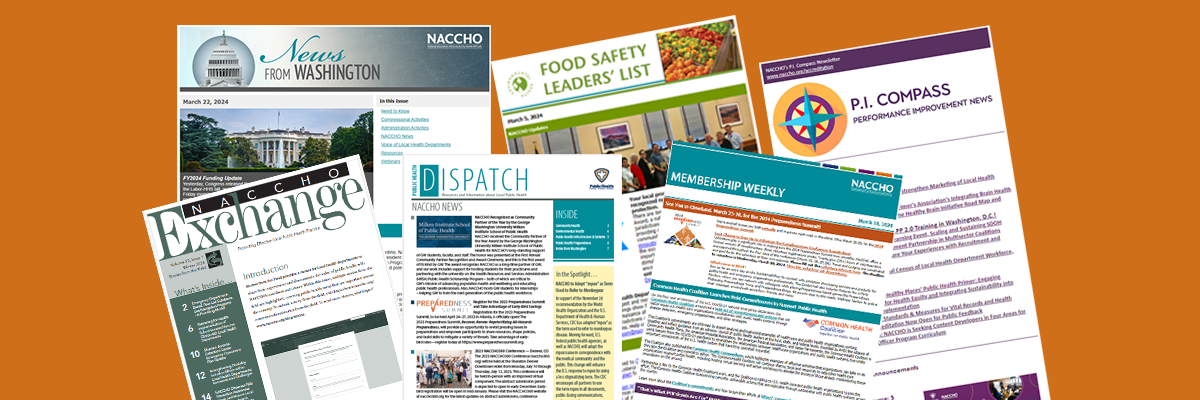
Subscribe Today
Sign Up for the E-mail Digests
Create an account or login to MyNACCHO and go to "My Subscriptions."
SUBSCRIBE NOW